Did you know that the French word la rue (the street) originally meant the sewer, the drain?
And so it was. You washed in a convenient place, next to the house a gutter ran into a ditch. That was sometimes more difficult in a city, but otherwise you put a plank over the gutter. There was a bit of turd here and there, but who complained about that?
Things got neater with the arrival of the poop box. In a separate hutch, on the leeward side of the house, there was a a barrel with a lid. That barrel had to be emptied. If you lived outside, the poop box was near a ditch.
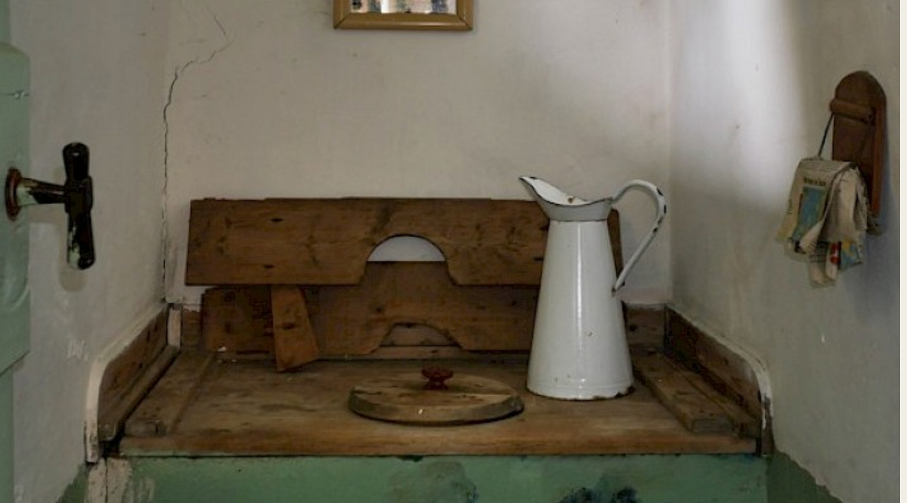
If you lived in the city, the poop box was mandatory. The poor households, often 6 or more families in a three-story house, shared a poop box that was downstairs in the small backyard. With families of an average of 5 people, it was often quite busy. So at night when the police couldn’t see it, the street was still regularly ‘la rue’. So unhygienic. It also always smelled in the city.
The poop box was emptied into a cart and it was brought outside the city, first to the farmers, but that also became too much. That lugging around with poop was also unhygienic and the manure heaps outside the city formed a new problem.
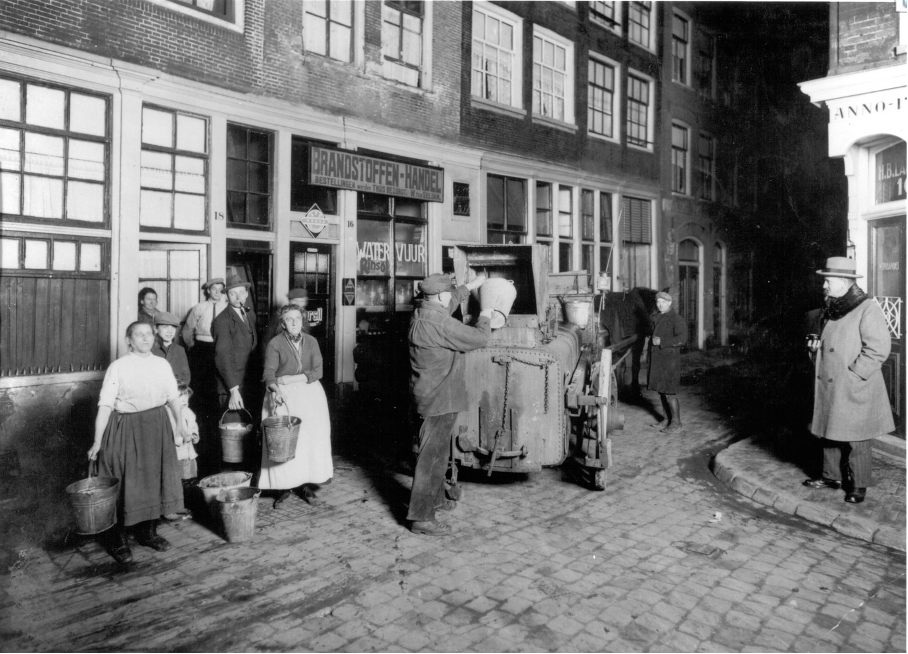
In the 18th century, the link between non-hygienistics and diseases such as cholera was seen. Many cities already had a water network, such as Amsterdam, but a city like Rotterdam did not. Cholera broke out there in 1832. In response, Rotterdam created a water network of canals through the city around 1850. The water slowly flowed through the city. Very easy, your poop box could now go straight into the girth. It was diluted quite a bit. And you were immediately provided with your drinking and washing water. It could not be better. The rich went to live on such a canal; that can still be seen in the beautiful large mansions and the wealth of trees.
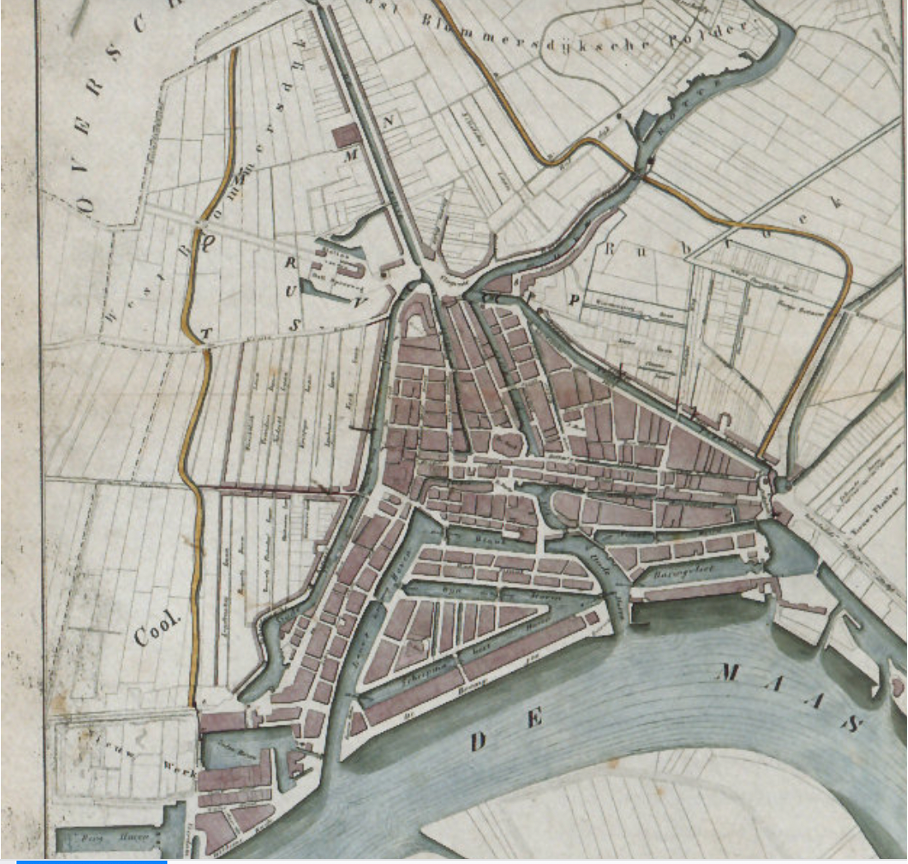
It worked great. So good that the entire water network became a source of germs again. And also because at the end of the 19th century the cities became more densely populated.
What now?
A revolution in poop management
From the end of the 19th century, the water supply was introduced, followed by the sewage system. The water came into every Rottterdam house between 1900 and 1920. The water was filtered surface water with a generous portion of chlorine.
The construction of the sewage system followed and that system became a complete system in the first half of the twentieth century with a sewage treatment plant outside the city.
What was so special is that the faeces, together with the urine, were immediately diluted with water and flushed into a sewer.
In fact, we have only been disposing of our poop for a century now by diluting it sur place with water. That direct dilution made it really hygienic.
Also for the longer term?
This dilution, a flush, takes about 8 or 10 liters. Flushing accounts for the largest share of our water consumption.
We are now seeing the water quality decreasing. Even for the technically advanced water companies in the Netherlands, Rotterdam, it is becoming difficult to produce good drinking water.
What will the future look like?
Less is more, the dry toilet as a new revolution
We are now technically much further along. We now have plastic. Even plastic that breaks down fairly quickly. There are now dry toilets that do not require water to drain. It will soon have to be installed on many boats, because boats are no longer allowed to emit poop.
Poo and pee even remain separated in this dry toilet, so that no ammonia is formed and the poop quickly stops smelling.
Your poop comes in a bag and your pee goes into the sewer through a separate exit. Once a week you take out the bag (no, not a dirty job) and throw it away – for example as compost?
This saves 30-40 liters of water per person per day, which currently goes straight into the sewer as drinking water.
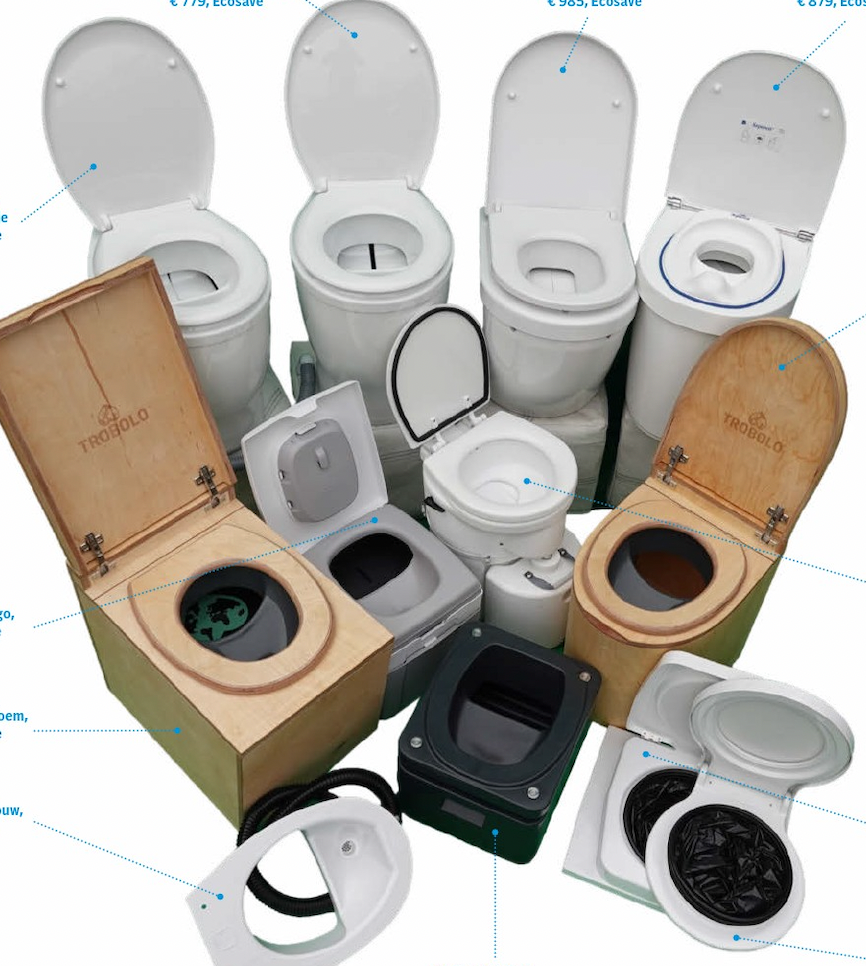
There is also another option for our future. With the existing flush toilet we will eventually collect rainwater and there will be a tank on your house, with a collection and pumping installation. That tank must be a big one. Below is a picture of the smallest type of tanks.
I know what I choose. The dry toilet is already on board the Ya.
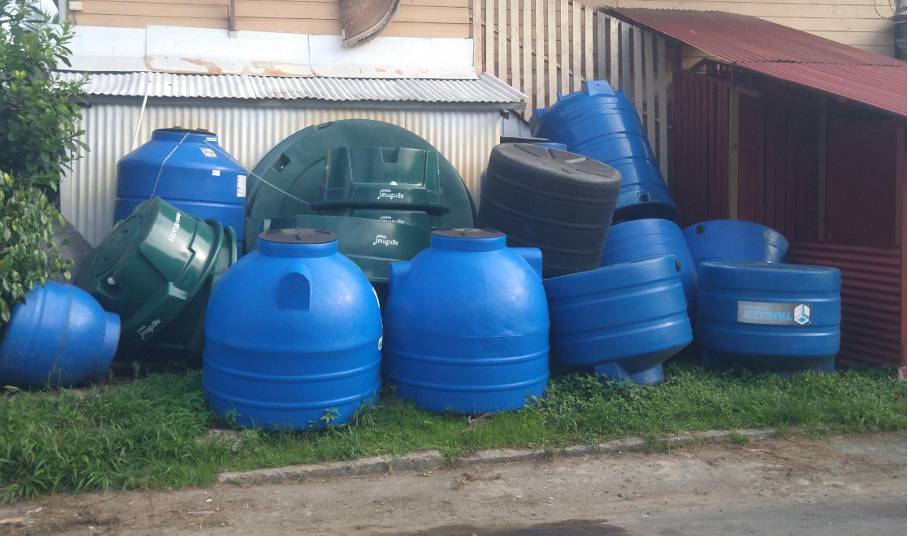
.
